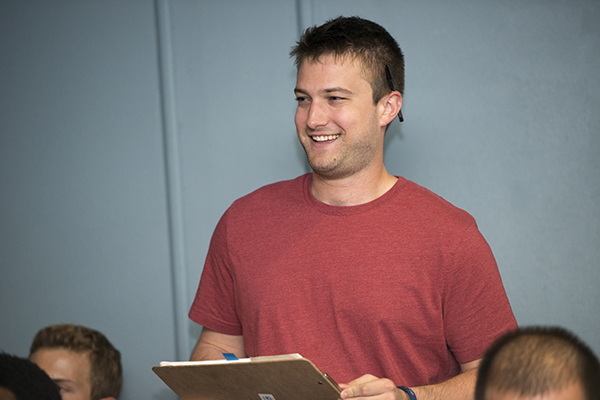

At the April 2 meeting of the 57th Student Senate, there was discussion of the Council of Organizations Board wanting to control the number of Student Association (SA) approved clubs next semester by accepting fewer new charters.
Council of Organizations Chair Matt LaSpada said there is currently around 200 SA-approved campus clubs and any significant increase in that number would be adverse.
“I don’t want to decrease the amount of clubs,” LaSpada said. “But I want to prevent a lot more new clubs in the future.”
LaSpada said most SUNY schools have between 65 and 85 clubs, and it’s difficult for the money in general programming to support the approximately 200 clubs at SUNY New Paltz.
General programming ran out of money for the first time this semester last month, and since, LaSpada said in order to keep the account funded, money from other clubs that no longer exist or are in bad standing with council had to be transferred to general programming.
LaSpada said when the council board reviews new clubs for acceptance, there are only a couple general rules: the club will be open to all students and the prospective club’s interests do not overlap with an already existing club.
LaSpada said he considers those requirements too lax.
He said he suggested the council board add to its requirements, which LaSpada said will help ensure that clubs that do meet all the stipulations will be strong and sustained over a long period of time.
According to LaSpada, 30 new clubs were approved this year, while 20 clubs have dissolved over the course of that same time, mostly from a lack of presence at Council of Organizations meetings.
In addition to the requirements already in place for club approval, LaSpada said the council board is considering adding to the list the following:
Proposed clubs have an executive board, or leadership structure in place.
If there will be a member that will be dedicated to representing the club at weekly council of organization meetings.
There is enough interest among the student body to justify the club’s existence.
The last LaSpada said may be difficult to gauge because “you can’t have members without a club established first.” But also that “there needs to be interest,” he said.
He also said looking for overlap and similarities in clubs is a “big issue” that “will be more strictly enforced.”
According to LaSpada, there were several clubs this semester that were denied approval because the council board felt there were already clubs addressing those interests.
LaSpada said these new initiatives would not be written out as legislation, but only serve as guidelines for next year.
He said the ultimate goal of these changes will be halting a dramatic increase in new clubs in an effort to decrease overlap and make general programming last longer.
